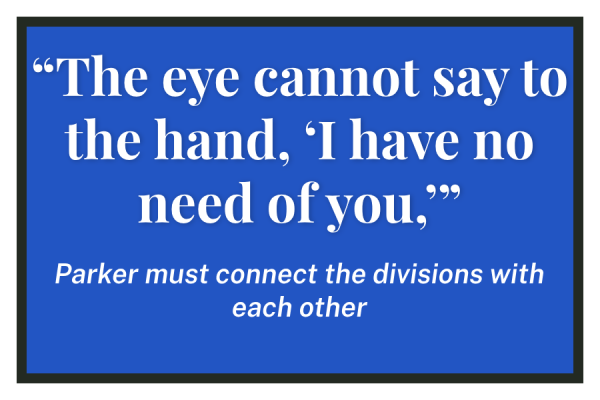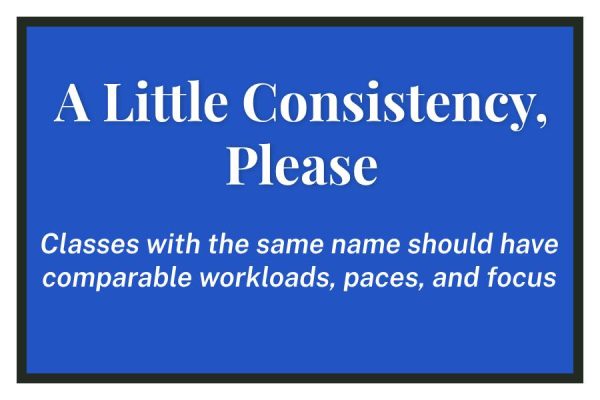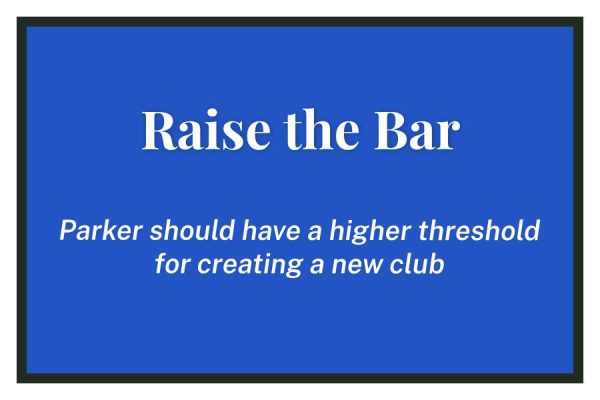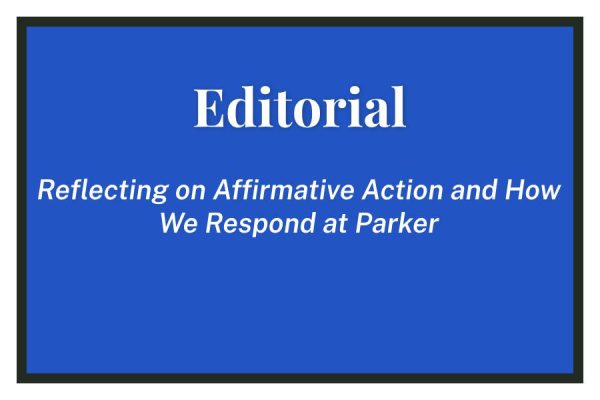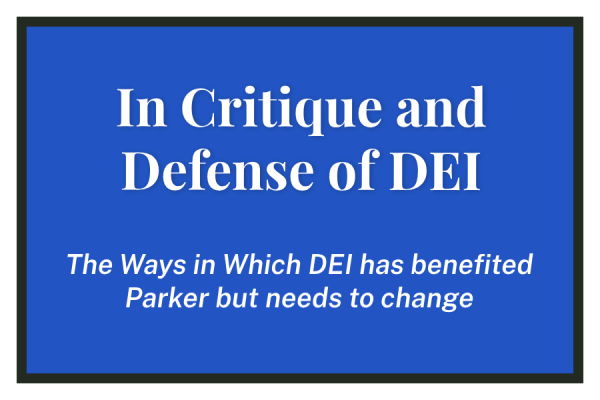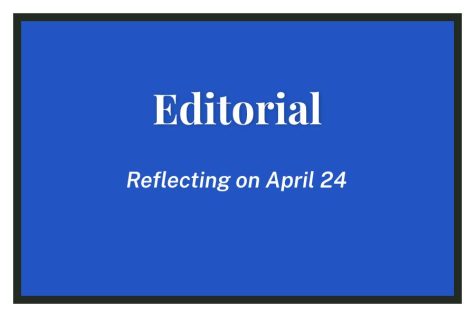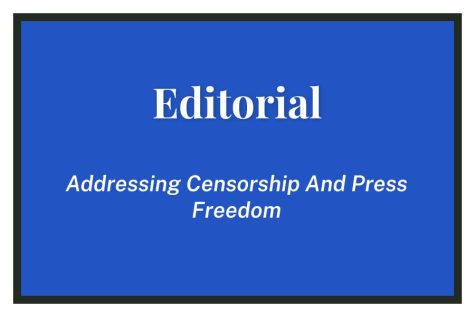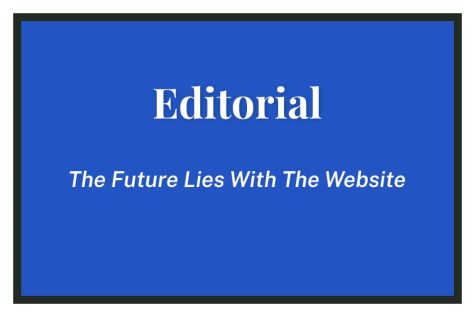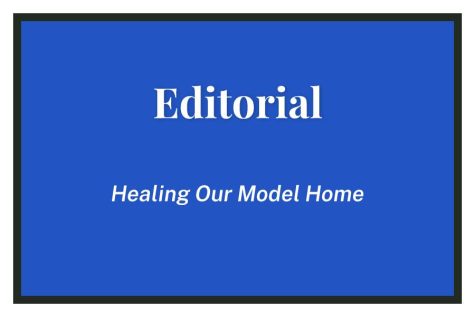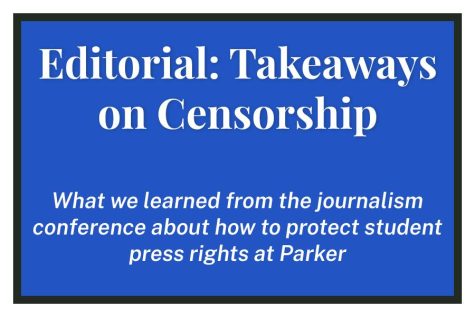Editorial, Issue 4 – Volume CVII
What the Drug and Alcohol Survey Tells Us
It would appear we have a substance abuse problem in the upper school.
After recent results from a survey taken by the upper school last year was released (analysis forthcoming in Issue 5), freshmen and senior health classes have been reviewing the data. The results suggest that Parker high schoolers consume drugs and alcohol at a higher rate than the national average.
It does seem worrisome that Parker is significantly above the national average — our school should be on the same page as the rest of the country when it comes to substance use. But the problem also lies with the education that Parker students receive on drug and alcohol usage throughout their four years in the upper school.
The wrong message to send is one of complete abstinence from drugs and alcohol with no other options. We recognize that our health teachers do not do this. But more than we already are, Parker should also be teaching its students safety and self-care, not only the need for complete avoidance.
The junior Civic Lab group Students for Sensible Drug Policy (SSDP) takes an annual trip to a Chicago needle dispensary, which gives out free, clean needles and cookers to heroin users. While seemingly counterintuitive, the idea is that heroin users are going to be using heroin anyway, so why not make sure that they’re doing it safely?
That’s not to say that Parker should be in any way encouraging drug and alcohol use — habitual binge drinking and drug use is dangerous to everyone, especially developing teenagers. Rather, health classes all across the high school should teach students to monitor themselves in staying safe in harmful situations.
Ninth grade health classes in particular should be teaching freshmen — who are not only new to high school but also to substance use — about moderation and safety, not solely complete avoidance.
Especially with the recent deaths of fraternity pledges at various colleges, 12th grade health classes should be teaching seniors how to manage the complicated landscape that is substance use in college, where there is a rampant culture of substance abuse coupled with the idea that using is necessary to have fun.
Parker should still educate about the possibility of drug and alcohol abstinence, as well as the illegality of drugs and alcohol for minors, as such lessons will work for some, but they must be supplemented with the realistic view that complete avoidance will not work for some. Those individuals need to learn how to manage potentially dangerous situations safely.
The school should be assisting high school students from those first bagpipes of school through Class Day on how they can enjoy the social scene of high school and, later, college and adulthood without engaging in unhealthy substance use.



